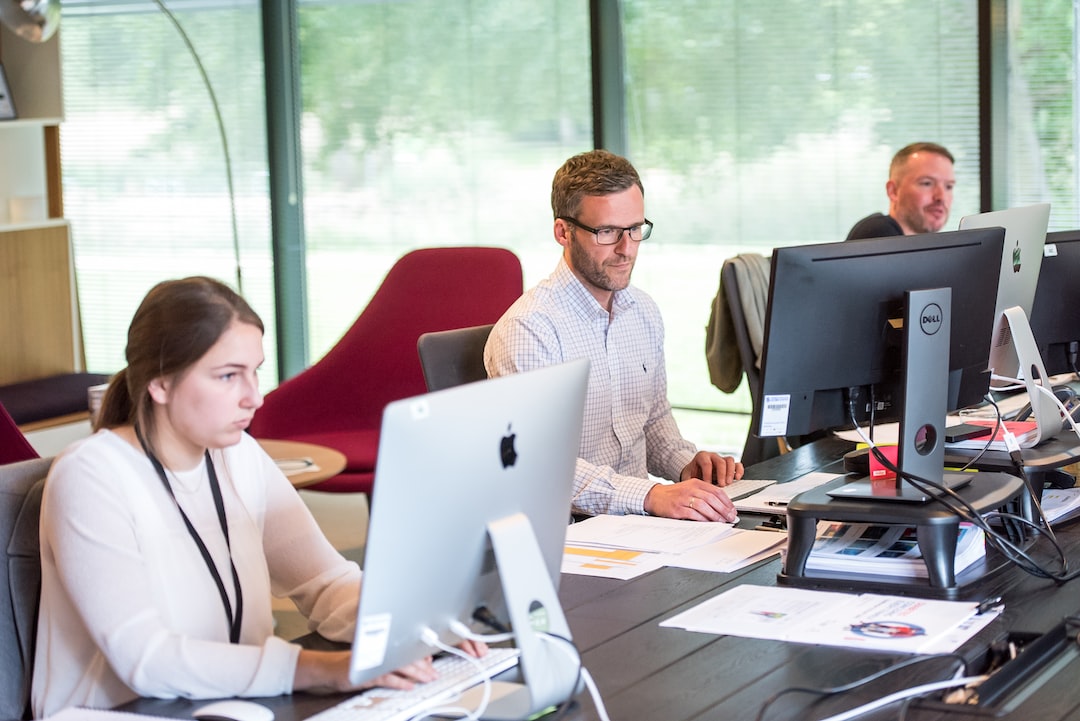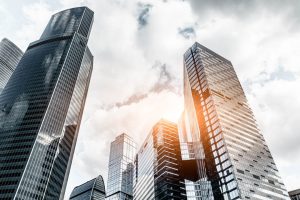Forex, or foreign exchange, is the largest financial market in the world, with an estimated daily turnover of $5.3 trillion. It is a decentralized market where currencies are traded around the clock, five days a week. Forex trading offers the opportunity for individuals to speculate on the movements of currencies and potentially earn profits. However, like any financial market, forex trading involves risks, and it is important for beginners to understand the basics before getting started.
Here are some key things beginners need to know to get started with forex trading:
1. Understanding Currency Pairs
Forex trading involves the buying and selling of currency pairs. A currency pair is the exchange rate between two currencies, such as the US dollar (USD) and the euro (EUR). The first currency in the pair is the base currency, and the second currency is the quote currency. For example, in the EUR/USD currency pair, the euro is the base currency, and the US dollar is the quote currency.
2. The Role of Brokers
To trade forex, you need a broker. A broker is a financial institution that provides access to the forex market and facilitates trades. Brokers charge a fee or spread for their services, and it is important to choose a reputable broker who is regulated by a recognized authority.
3. Leverage and Margin
Leverage is a tool that allows traders to control large positions with a small amount of capital. For example, a leverage of 1:100 means that for every $1 of capital, a trader can control $100 of a position. However, leverage also increases the risks of trading, and it is important to understand the concept of margin. Margin is the amount of money required to open a position, and it is a percentage of the total trade size. If the margin requirement is 1%, a trader needs to deposit $1,000 to open a position of $100,000.
4. Technical and Fundamental Analysis
Forex traders use two main types of analysis to make trading decisions: technical and fundamental analysis. Technical analysis involves studying charts and using indicators to identify patterns and trends in prices. Fundamental analysis involves analyzing economic and political events that may affect currency prices, such as interest rate decisions and geopolitical tensions.
5. Risk Management
Managing risk is crucial to successful forex trading. Traders should always have a clear understanding of their risk tolerance and use stop-loss orders to limit potential losses. Stop-loss orders are orders to sell a currency pair at a certain price, and they are used to automatically close a position if the market moves against the trader.
6. Practice with Demo Accounts
Before trading with real money, it is important to practice with a demo account. A demo account is a practice account that simulates real market conditions, allowing traders to test their strategies and become familiar with trading platforms. Many brokers offer free demo accounts that can be used for as long as needed.
In conclusion, forex trading offers the potential for profits but also involves risks. Beginners should understand the basics of currency pairs, brokers, leverage, margin, technical and fundamental analysis, risk management, and practice with demo accounts before trading with real money. By taking the time to learn and develop their skills, beginners can increase their chances of success in the exciting world of forex trading.





